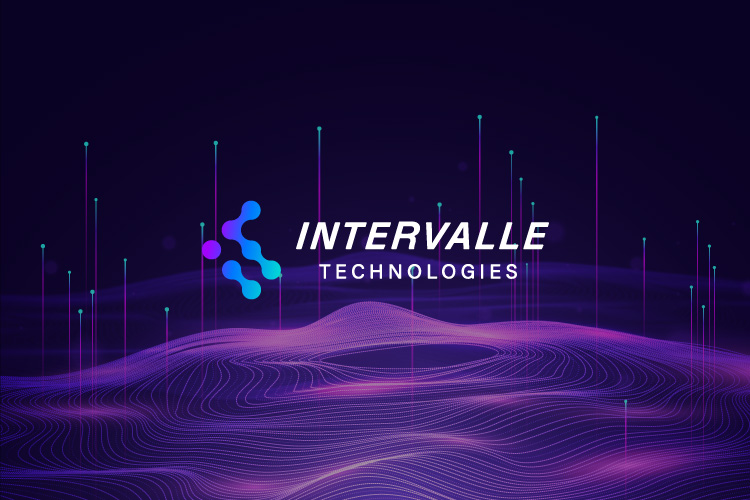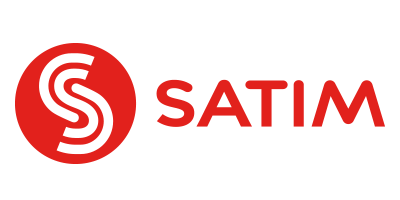Identity and Access Management (IAM)
Furthermore, robust IAM strategies form the cornerstone of comprehensive IT security policies. Moreover, these frameworks meticulously control user authentication, authorization, and access privileges across organizational systems. Subsequently, advanced IAM implementations leverage multi-factor authentication, role-based access controls, and sophisticated credential management. Additionally, they integrate seamless single sign-on technologies and dynamic permission protocols. Consequently, organizations can effectively mitigate unauthorized access risks, protect sensitive data infrastructures, and maintain granular visibility into user interactions. Ultimately, well-designed IAM solutions not only enhance cybersecurity postures but also streamline operational efficiency by providing intelligent, adaptive access governance mechanisms.
Data Encryption and Cryptographic Protocols
Initially, comprehensive data encryption strategies represent a critical component of modern IT security policies. Correspondingly, these protocols protect sensitive information through advanced cryptographic techniques across multiple domains. Furthermore, they encompass data-at-rest, data-in-transit, and data-in-use encryption methodologies. Moreover, cutting-edge implementations integrate quantum-resistant algorithms, homomorphic encryption, and sophisticated key management systems. Subsequently, organizations can safeguard intellectual property, protect customer information, and maintain regulatory compliance. Additionally, these cryptographic frameworks enable secure communication channels, prevent unauthorized data interception, and establish robust defense mechanisms against sophisticated cyber threats. Ultimately, strategic encryption approaches create resilient security architectures.
Network Segmentation and Microsegmentation
Primarily, network segmentation strategies constitute a fundamental pillar of robust IT security policies. Subsequently, these approaches divide network infrastructure into distinct, isolated segments to minimize potential breach impacts. Moreover, microsegmentation techniques provide granular control by creating dynamic, policy-driven security perimeters around specific workloads and applications. Furthermore, advanced implementations leverage software-defined networking, zero-trust architectures, and intelligent traffic monitoring mechanisms. Consequently, organizations can significantly reduce attack surfaces, prevent lateral movement during potential security incidents, and maintain precise visibility into network interactions. Additionally, these segmentation strategies enable more effective threat detection and rapid incident response capabilities.
Continuous Monitoring and Threat Intelligence
Initially, continuous monitoring and threat intelligence represent sophisticated components of comprehensive IT security policies. Furthermore, these approaches integrate advanced analytics, machine learning algorithms, and real-time threat detection mechanisms. Moreover, they provide proactive insights into potential vulnerabilities, emerging cyber risks, and anomalous system behaviors. Subsequently, organizations can implement predictive security models that anticipate and mitigate potential threats before they materialize. Additionally, these intelligent monitoring frameworks correlate data from multiple sources, enabling rapid incident response and adaptive security strategies. Consequently, businesses can maintain a dynamic, resilient cybersecurity posture that evolves alongside emerging technological landscapes.
Incident Response and Cyber Resilience
Fundamentally, incident response and cyber resilience strategies form critical elements of modern IT security policies. Moreover, these comprehensive frameworks establish structured methodologies for detecting, containing, and mitigating potential security breaches. Subsequently, advanced implementations incorporate automated response mechanisms, comprehensive playbooks, and sophisticated forensic analysis tools. Furthermore, they enable organizations to rapidly identify, isolate, and remediate potential security incidents with minimal operational disruption. Additionally, these approaches integrate cross-functional collaboration, ensuring seamless communication between technical teams, management, and external stakeholders. Consequently, businesses can maintain operational continuity, protect critical assets, and demonstrate robust cybersecurity governance.


































